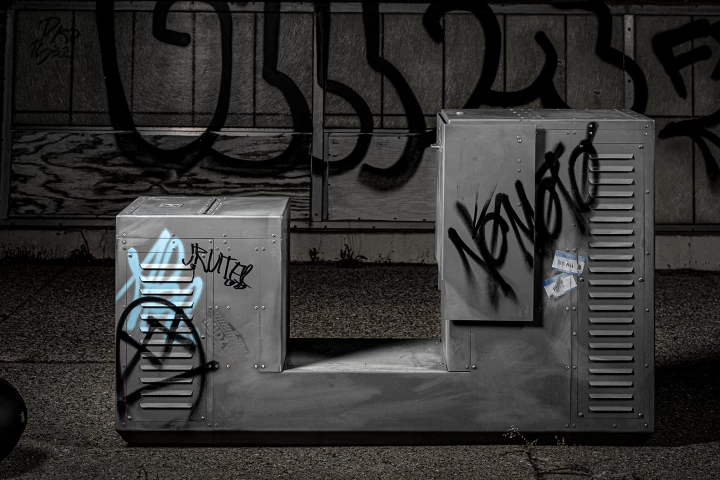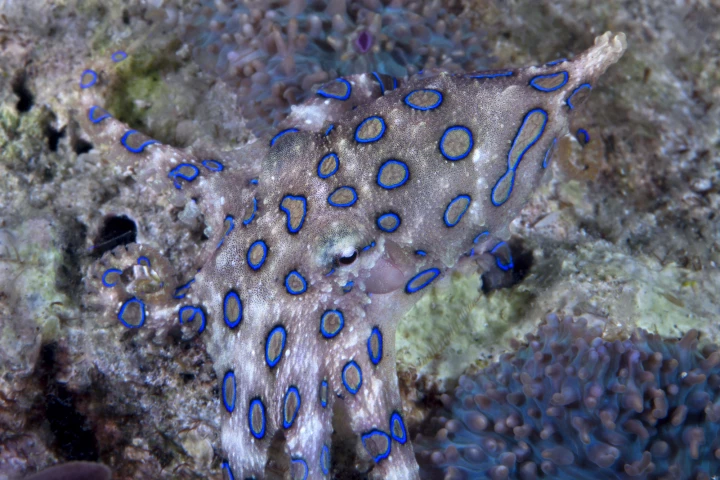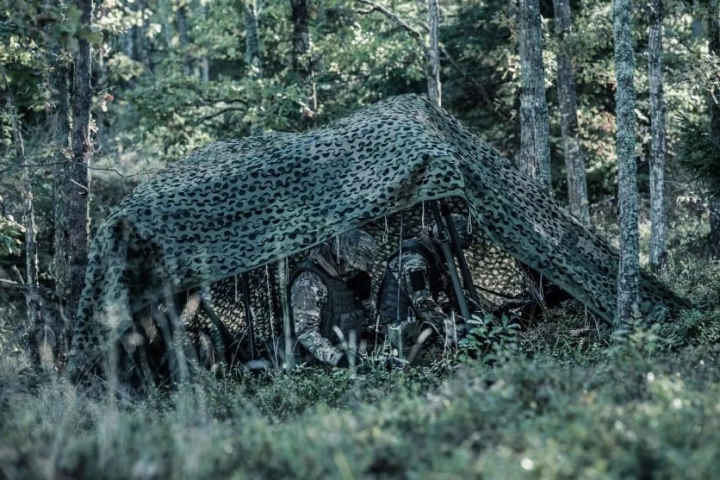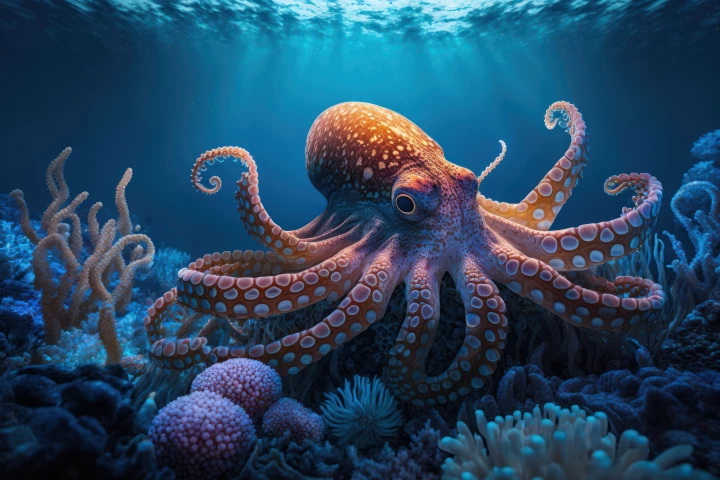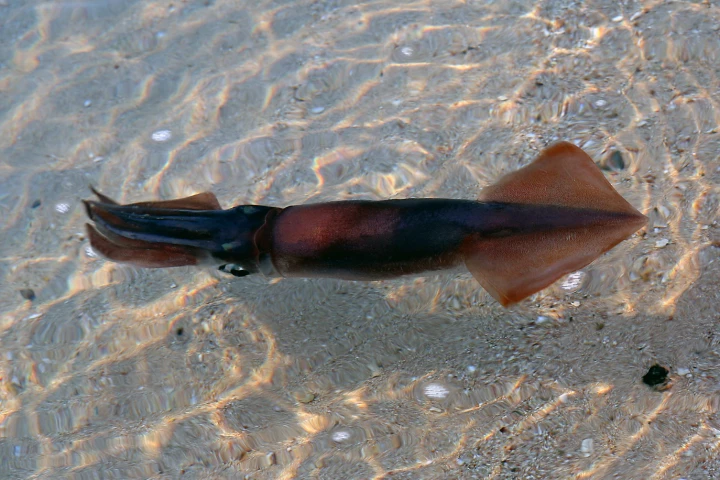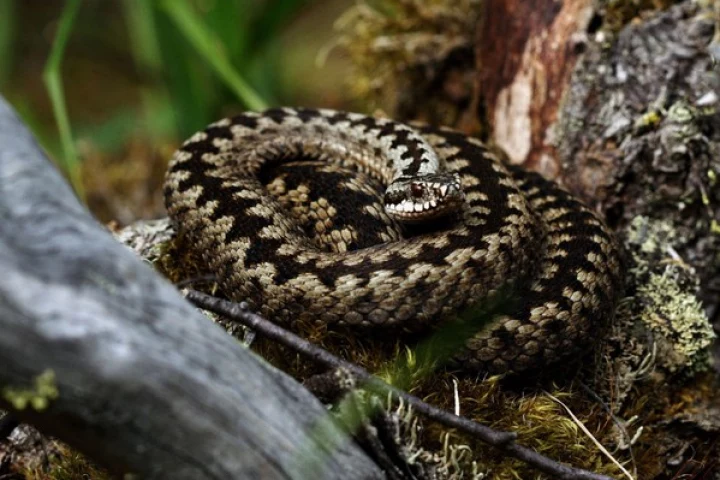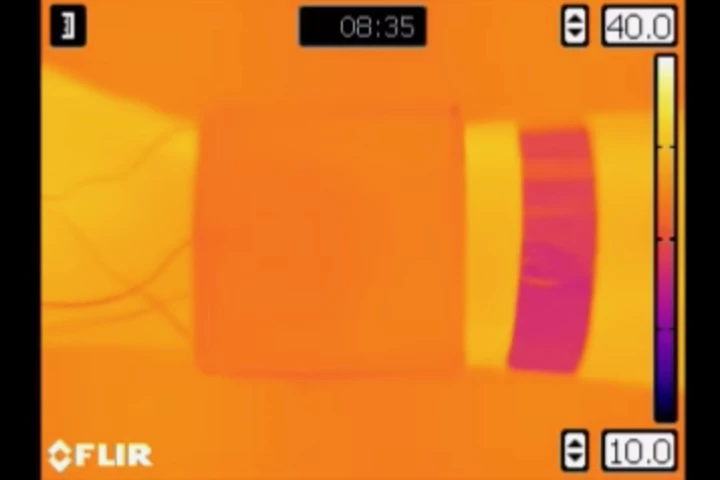camouflage
-
Bike thieves can't steal it if they don't know it's there ... This remarkable motorcycle looks for all the world like a telecom signal box covered in graffiti – but at the touch of a button it rises up on wheels and rides away.
-
If you're a surfer who doesn't want to be attacked by great white sharks, your surfboard should be as dark and stealthy as possible … right? Perhaps not, as a new Australian study suggests that a lit-up board may be better at keeping the sharks away.
-
The Disney-esque hues on bluespotted ribbontail rays come from a unique arrangement of nanostructures, say researchers. The findings, along with those gleaned from studying blue sharks, could help lead to new chemical-free color techniques.
-
In many cases nature has better versions of our tech. The newest example comes from a common insect in your backyard, which makes nanoscale soccer balls that hide it from predators – inspiring new, better UV protection and maybe even cloaking tech.
-
Inspired by the blue-ringed octopus, researchers have created a technology that rapidly changes color and appearance under various kinds of light, enabling camouflaging and signaling. The tech could be used in the military, medicine, and robotics.
-
Saab's new Ultra-Lightweight Camouflage Screen not only lets soldiers blend into the foliage and blocks infrared to foil heat seeking sensors, but it also hides them from radar sweeps, while still letting them receive GPS signals and radio communications.
-
Scientists have speculated about the cognitive and dreaming abilities of the octopus. This study is a step closer in understanding their complex behavior. As does a study on cuttlefish from the same team, showing their color shifting like never before.
-
A new light-activated ink can change color on demand. It’s made up of colored microbeads that rise in response to different wavelengths of light to change a surface color, which could be useful for new displays or active camouflage systems.
-
Given the fact that they live in an environment full of brown tree trunks and green leaves, giant pandas' black-and-white coloration may seem counterintuitive. According to a new study, however, it really does help them blend into their surroundings.
-
Of all the superpowers in the animal kingdom, the squid’s ability to turn invisible is one of the coolest. And now scientists at UC Irvine have managed to recreate that in human cells for the first time, granting them tuneable transparency.
-
Scientists have shown that the simple zig-zag pattern on the back of the European viper serves three different purposes; it helps it avoid detection; warns predators off if noticed; and can hide the snake's movement if it has to flee.
-
While we've already seen materials that allow people or objects to hide from heat-detecting cameras, they're typically only effective at one ambient temperature. An experimental new material, however, can be user-adjusted to work over a wide range.
Load More
